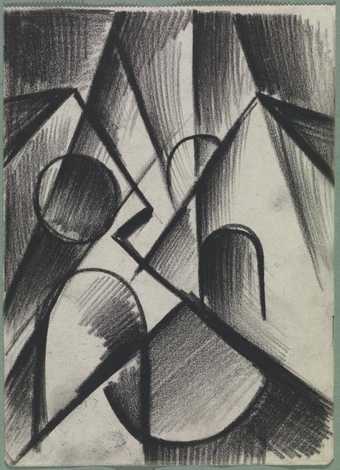
Perspectives from Artists: Insights and Reflections from the Studio

A View from the Easel: Reflections from Artists in Nature-Inspired Studios
Artists’ studios are as varied as their creators — from compact home corners to sun-drenched desert outposts, each space is a physical extension of the artist and a cradle for creativity. In the 282nd installment of Hyperallergic’s beloved A View from the Easel series, we explore the workspaces of two artists who are deeply embedded in the natural beauty of their surroundings. Their studios not only shape their practice but also offer insight into how place can inspire, support, and sometimes challenge the creative journey.
Ayin Es — Joshua Tree, California
Surrounded by the stunning monoliths and desert flora of Joshua Tree National Park, interdisciplinary artist Ayin Es has worked from her studio space for six years. Within this tranquil desert retreat, her art practice has flourished in a quiet rhythm that contrasts greatly with her former life in busy Los Angeles.
“Working in the quiet is something that gives me peace and solace,” Ayin shares. Favoring oil paints and soft textile sculptures, she often works on multiple pieces at once, allowing each to dry and evolve organically. Sketching remains an essential first step before she dives into the spontaneous gestures of painting. Ayin’s process is slow, meticulous, and meditative — fueled by bursts of inspiration from her natural surroundings.
Wildlife plays a significant role in her daily experience. “Cottontails and jack rabbits, coyotes, and bobcats make surprise appearances outside my window,” she says. The distraction is welcome — nature provides both a calming presence and a renewable source of inspiration.
Her studio, though compact, grants her the priceless commodity of privacy. Still, she dreams of more room, concrete or hardwood floors for easier clean-up, and bright white walls for planning installations. Her view, however, is unbeatable — creosote bushes, chollas, and her namesake Joshua Trees frame her creative haven.
Ayin is also actively engaged with the region’s thriving LGBTQ+ and art communities. Monthly art walks and local gallery openings provide her with a social and creative outlet aside from studio life. Though her closest museum is in Palm Springs, she prefers the Norton Simon Museum in Pasadena for deeper artistic inspiration.
For Ayin, art is not just about materials — though she adores oil paints and textiles. It’s also about the environment that surrounds and flows through her work. “Sewing soft sculptures by hand soothes and relaxes me,” she shares — a fitting metaphor for how her desert studio gently weaves into her soul and her practice.
East Coast Artist (Name Withheld)
On the opposite coast, a veteran artist of 20 years works from a studio nestled in a national seashore, where sand, sea, and solitude conspire to fuel a deep creative process. Rising with the birds — often as early as 4 a.m. — this artist starts the day with a warm coffee and a reflective session with their sketchbook. Soft background soundtracks of music or movies keep loneliness at bay as they navigate an intuitive, multidimensional creative flow.
“I must have been a farmer in another life,” they muse, channeling early-waking discipline into a flexible, multimedia practice. Paper remains a favorite medium, but recent forays into porcelain and thread are yielding vibrant results.
The studio itself is a seamless blend of structure and natural openness — thanks to a wood stove, earthy textures, and features like large windows or open-air sections that allow the outdoors to literally and spiritually enter the space. With animals and birds just a glance away, the artist finds unbroken ties between their environment and output.
They participate in an open studio group that holds biannual exhibitions and are part of a robust local art scene, adding a communal balance to their solitary routines. The nearby Museum of the American Indian is their preferred cultural destination, offering connection through history and context.
Compact but cozy, their studio doubles as a bedroom — offering a womb-like safety and continuous access to creativity. Though they wish for a bit more elbow room, the size remains a reflection of livable simplicity that supports their lifestyle and work without distractions.
The Physicality of Inspiration
What both of these artists share, despite living on distant coasts and working with different materials, is a close relationship with place. For Ayin Es, the desert’s vivid expanse provides space to breathe, focus, and reflect. For the East Coast artist, the studio is a sanctuary — meeting point for inner dialogue and the majestic rhythm of ocean and woodland life.
In both cases, solitude is not sterility. It opens doors to community through art walks, studio tours, and regional networks. Even the most remote corners inspire connectivity — a gentle reminder that artists, much like their work, begin in a space and expand outward.
The workspace, then, is more than walls and windows. It’s a living canvas, an evolving character in every artist’s narrative. Through A